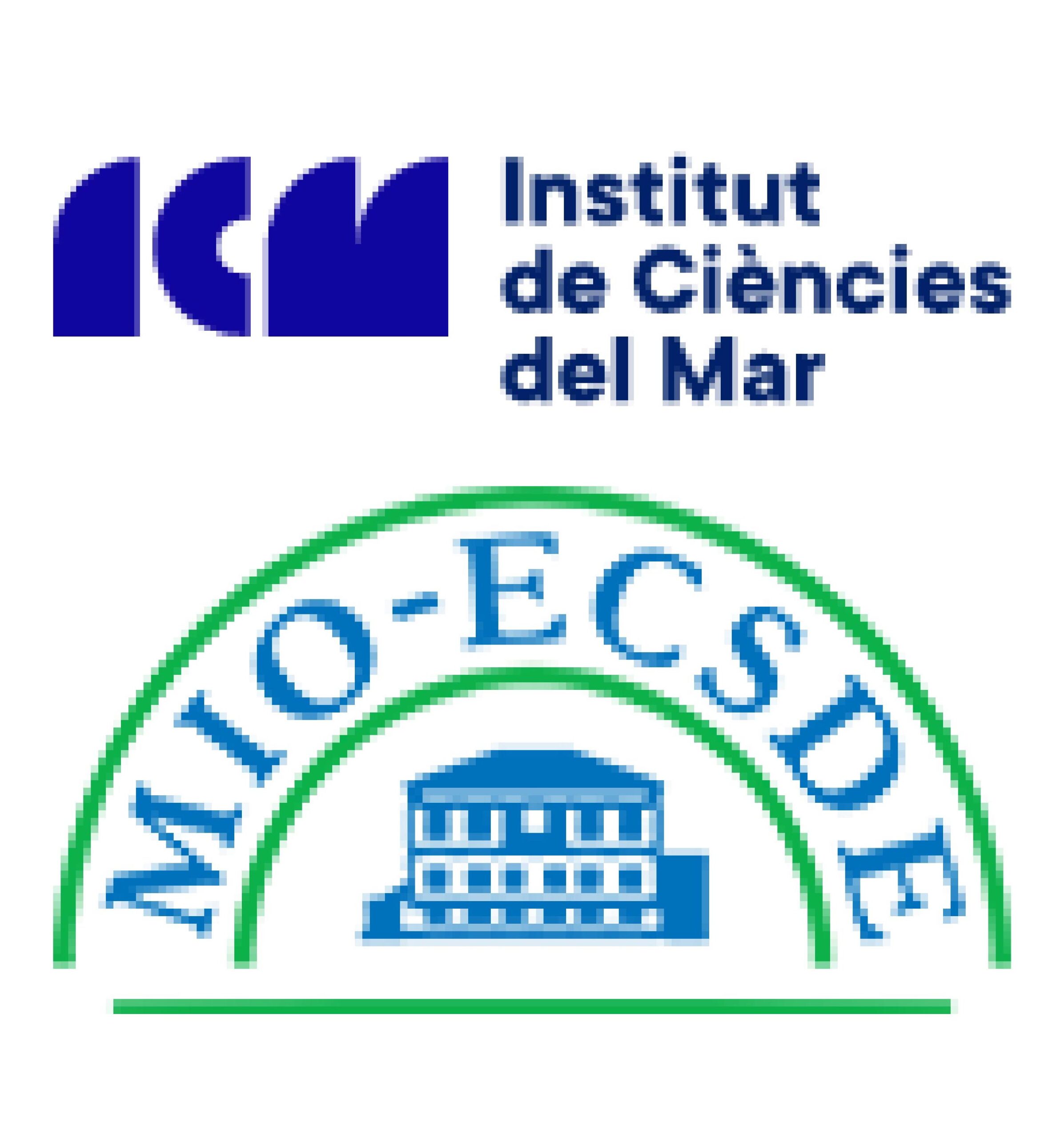 MANAGEMENT TOOL
MANAGEMENT TOOL
Climate Change Participatory Action Plans
TO WHOM IS ADDRESSED?
Citizens, Marine Protected Area (MPA) managers, public authorities, scientists, Socio Economic ActorsTHEME
Climate changeKEYWORDS
Climate change adaptation, decision-making process, joint plan, public participation
WHAT PROBLEM WOULD THIS SOLVE?
Climate change is dramatically affecting the Mediterranean Sea, which is warming 3-times faster than the world’s average. Mediterranean MPAs are already facing major biodiversity and functional alterations due to climate change, or are expected to do so within the next few decades. There is an urgency therefore, to mitigate these risks and to consider adaptation options in partnership with local communities, decision makers, civil society organisations, research bodies and other socio-economic actors at local, national and regional levels.
Aim of the tool
The aim of this tool is to support Mediterranean MPAs in successfully adapting to climate change by devising participatory adaptation plans.
Main objectives
The specific objectives of this tool are to (i) guide stakeholder engagement and public participation processes that are key for the elaboration of climate change mitigation and adaptation action plans, and (ii) present climate change adaptation options endorsed or shortlisted by pilot MPAs, and to define common priority actions that should implemented by all Mediterranean MPAs in response to climate change effects.

WHAT IS NEEDED FOR IMPLEMENTATION?
Technological infrastructure
No particular technological requirements are required to design and implement the participatory process to develop the Action Plan.
Training
Staff coordinating the participatory process should be well skilled in these types of processes and familiar with the specific context of the MPA.
Investment
Stable funding and commitment to public participation are fundamental to ensure the successful adoption and implementation of the climate change participatory action plan.

HOW TO USE IT?
Concept
There is no one-size-fits-all approach for preparing a local climate change adaptation plan. Plans should be adapted to the local context in terms of the nature and magnitude of existing and future threats, the condition of the ecological resources, past and ongoing management efforts and prevailing political and socio-economic circumstances etc.
The seven pilot MPAs applied a five-phase participatory planning process and the quintuple helix participatory approach (engaging five groups of actors: MPA managers, socio-economic actors, scientists, public authorities, and citizens) for the identification, elaboration, shortlisting and adoption of climate change adaptation measures.
Based on this, a total of 10 measures have been identified that give shape and form to a joint plan for action to face climate change in Mediterranean MPAs. These are:
CAPACITY-BUILDING AND AWARENESS RAISING MEASURES
- Implement awareness raising campaigns on the effects of climate change, targeting key local stakeholders, such as artisanal and recreational fishermen, divers, and boaters;
- Develop awareness raising activities targeting MPA visitors on climate change effects and best practice approaches and responses at MPA level;
- Carry out sector-specific capacity building to reduce and manage the impact of coastal and marine users’ activities on MPAs, and enhance ocean literacy towards ocean-informed actions and the adoption of good practices.
RESEARCH AND MONITORING MEASURES MEASURES
- Set up comprehensive monitoring schemes focused on climatic variables, species or habitats, extreme events, ecological and social processes;
- Carry out research on the effects of climate change, vulnerability and capacity for adaptation;
- Engage with wide-ranging volunteers in citizen science activities to monitor the effects of climate change on marine ecosystems.
REGULATION AND GOVERNANCE MEASURES
- Apply and/or reinforce restrictions for professional and recreational users to avoid or decrease damages on marine ecosystems;
- Develop or update emergency response plans to address potential greater frequency of extreme weather events;
ECONOMIC MEASURES
- Promote the consumption and commercialization of warm-water species of either native or exotic origin.
PROTECTION & RESTORATION MEASURES
- Promote the consumption and commercialization of warm-water species of either native or exotic origin.
Pilot areas
This tool has been piloted in seven Mediterranean MPAs: Brijuni National Park (Croatia), Zakynthos MPA (Greece), Litoral del Baix Empordà (Spain), Cap de Creus MPA (Spain), Portofino MPA (Italy), Tavolara MPA (Italy), and Clanques National Park (France).
Implementation Dates
Crafting a local climate change adaptation plan should follow five phases:
- Establishment – to make known the intention for drafting the plan and identify the convening body responsible for the overall coordination of the planning.
- Analysis and scenarios – to establish the foundation on which the preparation of the plan and its implementation will be based.
- Setting the vision – to achieve engagement and consensus building with the stakeholders and the wider community on the action plan, based on the findings from the phases 1 and 2.
- Designing the future – actual drafting and finalisation of the local climate change adaptation plan, which should indicatively include: the goals and objectives of the plan, a preamble explaining the scope and process followed for its production and approval, the context derived from the analysis, the governance structure, the institutional framework for implementation and the priority climate change adaptation measures agreed upon by the different stakeholders, along with a roadmap for their implementation.
- Realising the vision – to operationalise the adopted climate change adaptation plan and provide for its constant improvement.

WHAT CHALLENGES MAY ARISE?
Participatory approaches and public participation require to address the following challenges at multiple levels:
- Allocating funds and securing commitment for public participation;
- Finding individuals skilled in participatory approaches and familiar with the specific context;
- A full understanding of the political, cultural, and institutional context at local, national, regional and global levels, including overcoming language barriers or even illiteracy, and ‘translating’ technical text to layman’s terms;
- Possible lack of clear goals and understanding of the process, inadequate planning and lack of feedback on issues raised by stakeholders.
A participatory decision-making process takes patience and commitment on everyone’s part. People have to maintain their commitment over time, remain civil while discussing issues about which they may have strong feelings and be willing to compromise.

WHAT ARE THE EXPECTED RESULTS?
Quantitative results
Through the implementation of the Guidelines, it is expected that Mediterranean MPAs adopt a participatory climate change adaptation plan that addresses the 10 common priority measures identified.
Key deliverables
Joint Plan for action to face climate change in Mediterranean MPAs.
Transfer potential
Piloting climate change adaptation participatory action planS in the seven Mediterranean MPAs allowed the identification of 10 common no-regret priority measures that should be jointly adopted by Mediterranean MPAs .Further, MPAs may also use the methodology developed to design their own Action Plan.
Pilot areas
Brijuni National Park (Croatia), Cap de Creus MPA (Spain), Litoral del Baix Empordà (Spain), Portofino MPA (Italy), Tavolara MPA (Italy), Zakynthos MPA (Greece) and Clanques National Park (France)
KEY INFORMATION
stakeholders engaged in the quintuple helix
MPAs to successfully elaborate a climate change adaptation plan
Joint Plan for action to face climate change in Mediterranean MPAs.
- A total of 300 stakeholders were engaged in the quintuple helix participatory process to elaborate climate change adaptation plans in the pilot MPAs.
- Four out of the seven MPAs managed to successfully elaborate a full-blown climate change adaptation plan with priority measures agreed to be undertaken by the MPA. Each adopted measure features a description, the target group, expected results, the lead organisation(s) as well as those who should be involved in the implementation, a timeframe and performance indicators (used to measure achievement of outputs or outcomes).
For further information
Project contact: MPA Engage
MPA ENGAGE Lead partner
Marine Sciences Institute (ICM) CSIC, Barcelona
secredir@icm.csic.es
Leader Participatory Adaptation Plans
MIO-ECSDEinfo@mio-ecsde.org
Links of interest
MPA Engage Toolbox including:
MPA Engage Stakeholders Mapping Template
MPA Engage Participatory Process Reporting Template
Partners
- Arco Latino – BLUETOURMED Horizontal Project
- Bonifacio MPA – Office Environnement de Corse – Parc Marin
- International des Bouches de Bonifacio
- Cote Agathoise MPA / Agde Municipality
- ENSSMAL Algeria – Ecole Nationale Supérieure des Science de la Mer et de l’Aménagement du Littoral
- Isola dell’Asinara MPA
- MPA Arcipelago Toscano – Parco Nazionale Arcipelago Toscan
- PADI EMEA Limited
- Torre del Cerrano MPA
- University of Vigo –Future Oceans Lab
- Université de Rabat-Mohamed V
Donor

Project






